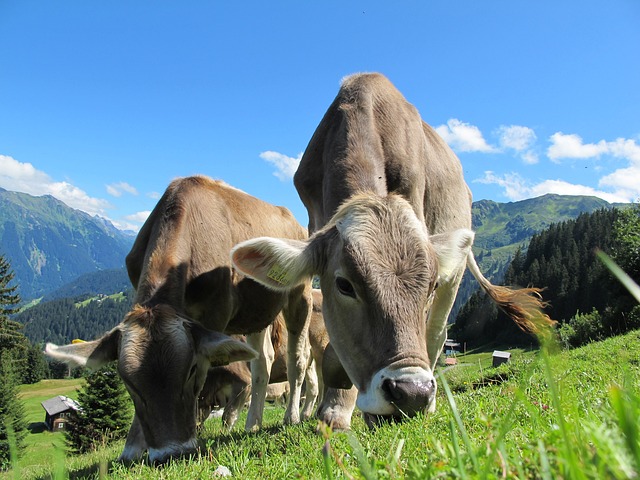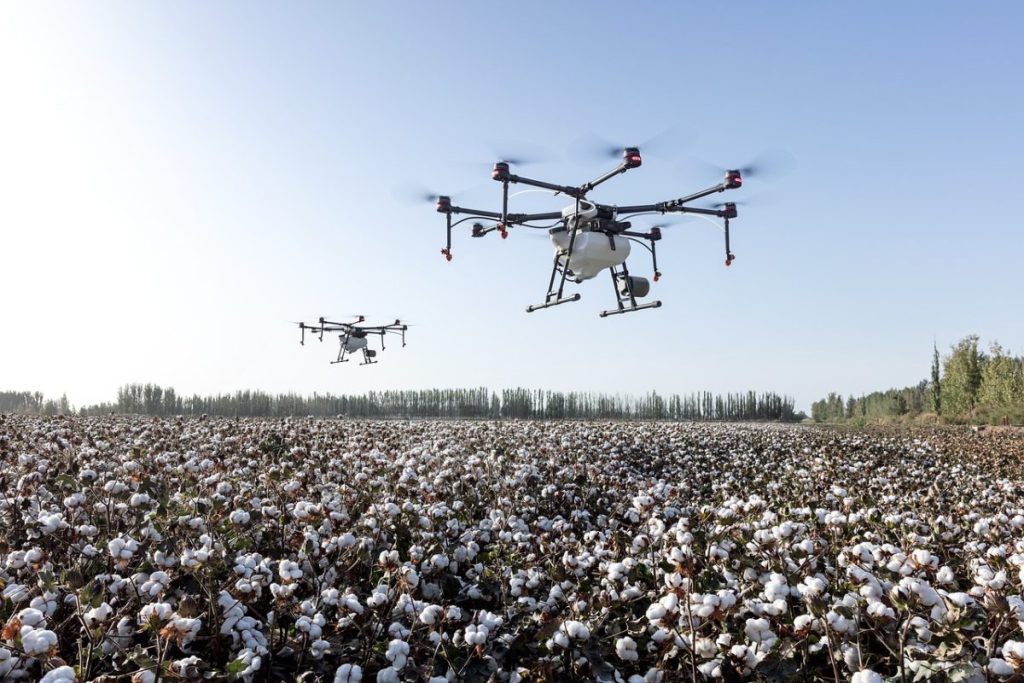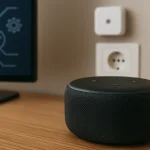In recent years, agriculture has undergone a digital transformation, driven by the power of the Internet of Things (IoT). As the global demand for food grows and climate challenges persist, IoT has emerged as a critical tool for farmers seeking to increase efficiency, reduce waste, and enhance crop yields. From smart sensors to automated irrigation systems, IoT is reshaping the way farming is done. This article explores how IoT is enabling precision agriculture and revolutionizing farming practices worldwide.
What Is IoT in Agriculture?
IoT in agriculture refers to the use of interconnected devices, sensors, and data analytics to monitor and manage farming activities. These devices collect real-time data on soil conditions, weather patterns, crop health, and more, allowing farmers to make informed decisions that optimize their operations.
Key Applications of IoT in Agriculture
1. Precision Farming
Precision farming uses IoT devices to monitor and manage crops on a micro-level. For example:
- Soil Moisture Sensors: Measure moisture levels and help automate irrigation systems.
- Drones and GPS: Monitor crop health, detect diseases, and apply fertilizers precisely where needed.
- Smart Fertilization: IoT-enabled systems analyze soil composition to recommend tailored nutrient applications.
Precision farming reduces resource waste and ensures that crops receive exactly what they need, when they need it.
2. Smart Irrigation
Water is one of the most valuable resources in farming, and IoT is making its use more efficient.
- Automated Irrigation Systems: Sensors detect soil dryness and activate sprinklers only when necessary.
- Weather Data Integration: Systems consider rainfall forecasts to prevent overwatering.
These technologies save water, reduce costs, and maintain optimal growing conditions for crops.
3. Livestock Monitoring
IoT isn’t limited to crops—it’s transforming livestock management as well.
- Wearable Sensors: Track animal health, movement, and reproductive cycles.
- Environmental Monitoring: IoT devices monitor barn temperatures, humidity, and air quality to ensure animal comfort.

Such insights help farmers prevent disease outbreaks and improve animal productivity.
4. Supply Chain Optimization
IoT plays a vital role in managing the agricultural supply chain:
- Cold Chain Monitoring: Sensors ensure produce is stored and transported at optimal temperatures.
- Traceability: IoT-enabled tags track food from farm to table, enhancing transparency and reducing waste.
The Benefits of IoT in Agriculture
- Increased Efficiency: Automation reduces manual labor and ensures resources like water, fertilizer, and energy are used effectively.
- Higher Yields: Data-driven decision-making leads to healthier crops and increased productivity.
- Sustainability: IoT minimizes waste, conserves water, and reduces the environmental impact of farming.
- Cost Savings: Farmers can lower operational costs by optimizing resource use and preventing crop losses.
Challenges in Adopting IoT in Agriculture
While IoT offers immense benefits, there are hurdles to overcome:
- Cost of Implementation: High upfront costs for IoT devices and infrastructure can deter small-scale farmers.
- Connectivity Issues: Rural areas often lack the reliable internet needed for IoT systems to function effectively.
- Data Security: IoT systems are vulnerable to cyberattacks, making data protection a priority.
Governments and technology providers are working to address these challenges through subsidies, rural connectivity initiatives, and improved cybersecurity measures.
Future of IoT in Agriculture
The future of IoT in agriculture is promising, with emerging technologies paving the way for further innovation:
- AI Integration: Combining IoT with artificial intelligence to predict crop yields and optimize planting schedules.
- Blockchain: Enhancing supply chain transparency and ensuring food traceability.
- Robotics: Automated machinery for planting, weeding, and harvesting.
As these technologies mature, IoT will continue to play a central role in addressing global food security challenges.
Final Thought
IoT is not just a tool for modern agriculture—it’s a game-changer. By enabling precision farming, optimizing resource use, and improving efficiency, IoT is helping farmers tackle some of the most pressing challenges of our time. As adoption grows and technology advances, IoT in agriculture will unlock new possibilities for feeding a growing global population sustainably. Farmers, technologists, and policymakers alike must embrace this digital revolution to secure the future of farming.
- Local AI in Smart Homes: What Happens When the Cloud Goes Down?
 In the age of cloud computing and always-connected devices, smart homes have become increasingly dependent on the internet. But what happens when your connection drops? That’s where local AI comes into play. This article explores the benefits, limitations, and future of local AI in smart homes systems—and why it might be the key to a…
In the age of cloud computing and always-connected devices, smart homes have become increasingly dependent on the internet. But what happens when your connection drops? That’s where local AI comes into play. This article explores the benefits, limitations, and future of local AI in smart homes systems—and why it might be the key to a… - Hidden Features of Your Smart TV You’re Probably Not Using — But Should
 Smart TVs have come a long way since their early days. While most people use them for Netflix, YouTube, and the occasional screen mirroring session, today’s smart TVs pack a wealth of features that often go unnoticed. These hidden gems can transform your entertainment experience, improve convenience, and even tighten your home security. In this…
Smart TVs have come a long way since their early days. While most people use them for Netflix, YouTube, and the occasional screen mirroring session, today’s smart TVs pack a wealth of features that often go unnoticed. These hidden gems can transform your entertainment experience, improve convenience, and even tighten your home security. In this… - Is My Smart TV Spying on Me? How to Protect Your Privacy
 Smart TV Privacy – In today’s connected homes, smart TVs are as common as coffee makers — but have you ever wondered if your smart TV is watching you back? It’s not just paranoia. With microphones, cameras, and internet connections, smart TVs can pose serious privacy risks if not properly managed. Let’s dive into what…
Smart TV Privacy – In today’s connected homes, smart TVs are as common as coffee makers — but have you ever wondered if your smart TV is watching you back? It’s not just paranoia. With microphones, cameras, and internet connections, smart TVs can pose serious privacy risks if not properly managed. Let’s dive into what… - Smart Bathrooms: Hygiene and Automation Combined
 In 2025, the bathroom is no longer just a functional space—it’s a hub of innovation. With the rise of smart home technology, bathrooms are getting a high-tech makeover. From automatic faucets to AI-powered mirrors, the smart bathroom combines hygiene and automation to create a cleaner, more convenient daily experience. Let’s explore what this transformation means,…
In 2025, the bathroom is no longer just a functional space—it’s a hub of innovation. With the rise of smart home technology, bathrooms are getting a high-tech makeover. From automatic faucets to AI-powered mirrors, the smart bathroom combines hygiene and automation to create a cleaner, more convenient daily experience. Let’s explore what this transformation means,… - Voice Assistants vs Smart Home Hubs: What Should You Choose?
 In today’s connected homes, convenience is only a voice command away. But when building or upgrading a smart home, many people face a common dilemma: Should you rely on voice assistants like Alexa or Google Assistant, or opt for a dedicated smart home hub like SmartThings or Hubitat? Both systems offer powerful ways to automate…
In today’s connected homes, convenience is only a voice command away. But when building or upgrading a smart home, many people face a common dilemma: Should you rely on voice assistants like Alexa or Google Assistant, or opt for a dedicated smart home hub like SmartThings or Hubitat? Both systems offer powerful ways to automate…







